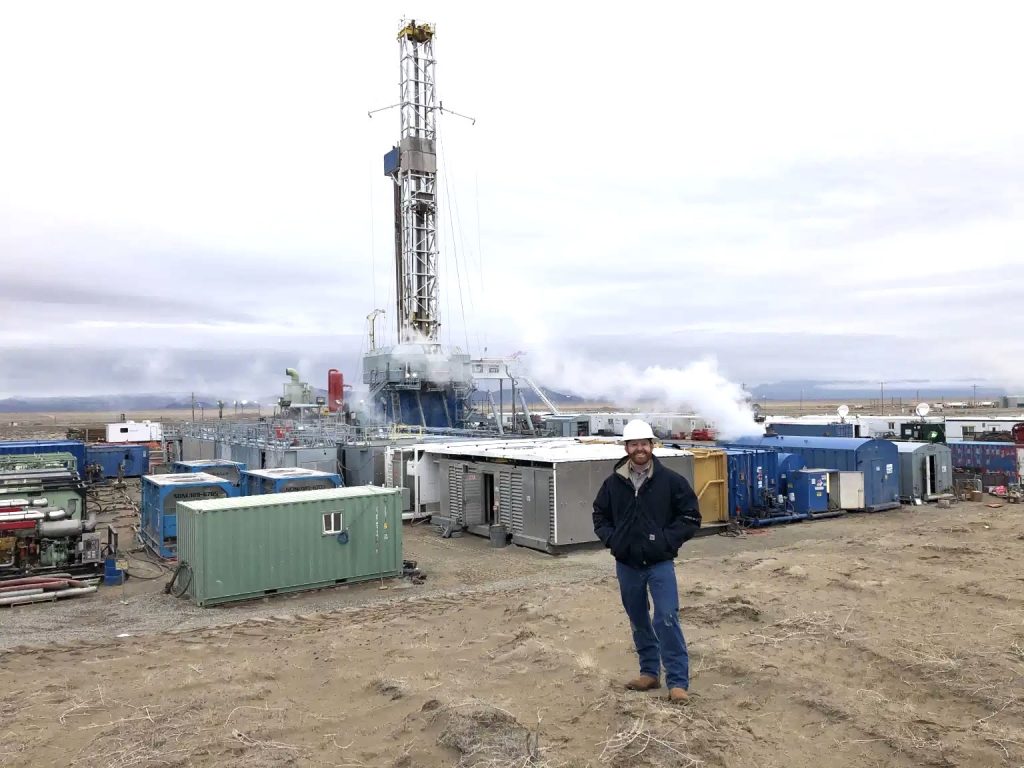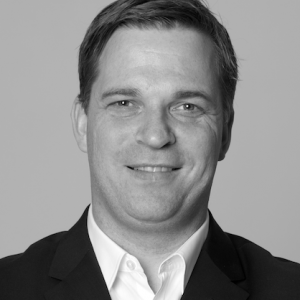Fervo Energy’s IPO ambitions highlight geothermal’s growth potential, but past public market cycles and evolving business models provide key lessons.
Fervo Energy’s potential IPO and multi-billion-dollar valuation discussions mark a pivotal moment for geothermal energy investment. In news shared by Axios highlights an intersection of venture capital, private equity, and large-scale energy demand, particularly from data centers.
If one looks at this news, I wanted to share my key observations and an analysis of the broader implications for the sector:
1. Venture capital & technology-driven investment
In a unique financing mix, Fervo Energy’s stands out with venture capital investors such as Breakthrough Energy Ventures, DCVC and Congruent Ventures, institutional investments through e.g. CPP Investmenbts and CalSTRS, but – and importantly – strategic backing from oil & gas through Devon Energy and Liberty Energy (the latter investing under now U.S. Energy Secretary Chris Wright, then CEO of Liberty Energy).
With having secured USD 556 milllion in equity financing and USD 220 million in debt financing, the company is clearly positioned itself as a leader in next-generation geothermal. What makes Fervo particularly interesting in this context is here the focus on utilizing Enhanced/ Engineered Geothermal Systems (EGS) technology tapping learnings from the oil & gas sector, pairing it with traditional utility-drive geothermal development on scale and – building partnerships with power offtakers right from the beginning, ensuring revenue stability before development.
2. Large-scale project development & demand growth
From its initial pilot-scale project, a 3 MW project in Nevada to the now full-scale commercial development in Nevada and Utah.
The 115 MW geothermal project in Nevada is part of a partnership with utility NV Energy to supply power to Google‘s data centers in the state, specifically in Hendersen (near Las Vegas) and Storey County (east of Reno, Nevada).
The larger project in Utah, known as Cape Station in Beaver County, Utah northeast of Milford is set up as a 400 MW project being developed in stages with the 100 MW Phase 1 planned to deliver power as early as 2026, and the remaining 300 MW Phase 2 to then be operational by 2028.
The rapid growth of U.S. data centers has fueled demand for clean, firm power, and Fervo has been instrumental in positioning geothermal as a key solution. We recently published an article on the expected power demand and the potential role for geothermal referring to a report released by Rhodium Group.
3. The U.S. Market & Policy Landscape
Maybe surprisingly, geothermal has received unexpected support from the Trump administration, particularly through the energy “emergency” order from January 20, 2025. Yet, while this support of geothermal over other renewables is positive and promising, as we highlighted in an article on a recent geothermal event by ProjectInnerspace and CRES in Washington, there are risks.
The control by the Republican Party of the Congress in Washington poses risks to clean energy tax credits from the 2022 climate law (part of the Inflation Reducation Act) – a crucial factor for financing future projects. Fervo’s CEO Tim Latimer is actively lobbying lawmakers to ensure continued incentives for geothermal development.
4. Business model uncertainty: portfolio development vs. hidden champions
Unlike wind and solar, geothermal continues to lack a dominant project development model. Fervo Energy – to the best of my understanding – seems to balance scaling as a technology-driven power developer paired with large-scale development. How and if it will expand into a portfolio expansion model will have to be seen. The questions is also if EGS proves viable across different geologies, ensuring replicability at scale. For now it seems EGS can expand geothermal development beyond the geographically limited conventional hydrothermal resources.
While scaling geothermal technology is essential, the business model for large-scale, multi-project development remains unclear. Will a “hidden champion” model emerge – where companies focus on specific high-value markets, such as heating, industrial applications rather than widespread portfolio growth?
5. Lessons from past geothermal public listings
The now planned IPO by Fervo Energy draws comparision to past geothermal listings on global stock markets, many of which struggled to scale – and mostly do not exist anymore.
Historical Public Market Trends:
- Australia (ASX, 2005–2015) – Geodynamics, PetraTherm and others pursued EGS but faced high costs, technical hurdles and lack of support by the Australian government. Here an interesting article by The Guardian from 2016 with some interesting background.
- Canada (TSX, 2005–2015) – Magma Energy (later Alterra Power), Ram Power, Nevada Geothermal Power, Sierra Geothermal Power, Western GeoPower – all failed to establish scalable und sustainable models. An article by the Globe & Mail from 2015 looked into the lack of development in Canada despite the listing of players on the stock market (most if not all active mostly outside of Canada)
- Ormat Technologies (NYSE, current leader) – USD 4.32B market cap (as of March 13, 2025), 1,600 MW installed (largest geothermal operator today and only one across various countries), tech supplier for 3,600 MW (~21% of global geothermal power generation) – still the dominant public geothermal player. Here an interesting overview of the history from a turbine supplier to a vertically integrated player with a predominant energy business vs. product (turbine) sales.
So what is different now? There is capital backing from both venture and institutional investors, a surging demand from AI and data centers, and EGS technology has matured with the expertise gained by the oil & gas sector.
6. Europe’s geothermal heating boom: a different investment model
While seemingly, most of the companies making the news on technology development for geothermal and investments are U.S. based, there are European players with long-term perspectives. Unlike the U.S. power-focused model, Europe is prioritizing district heating, both due to decarbonization efforts but also a strong push for energy security following the invasion of Ukraine by Russia, with European countries trying to curb their dependency on imported Russian gas.
There are a large number of companies pushing geothermal development for heating in Europe, Eavor Technologies – a Canadian player – is developing heat (and power) projects parallel to commercially prove their closed-loop technology, oil company OMV with heat development in Austria and investor in Eavor. Interesting in the context of Fervo and its plans, are though Averne Group, publicly listed in France with a focus on geothermal heat development, drilling, Lithium extraction and heating infrastructure, as well as Danish developer Innargi (backed by AP Møller/Mærsk and pension fund ATP) with a focus on hydrothermal projects for urban heating networks across Europe.
Why does this European focus on heating matter?
Development of heating projects can be seen as lower risk and potentially faster payback then technologically complex deep geothermap projects, as it targets shallower and lower temperatore resources broadening the geographic opportunities of geothermal deployment. There is large regulatory and municipal support (and demand) for clean heating projects with limited alternatives to geothermal energy. Furthermore the market structure with district heating networks, and ambitious large-scale plans to expand these networks, provide stable revenue streams with long-term utility contracts.
As geothermal investment expands beyond power, Fervo’s U.S. focus may contrast with Europe’s heating-driven strategy, opening opportunities for divergent business models.
Final thoughts: What this means for the future of geothermal
The indication of an IPO by Fervo Energy signals that venture capital (and institutional investment) sees real potential in scaling geothermal. There are though some challenges remaining, such as proving scalability across diverse geologies, navigating uncertain policy & tax incentives, long project development time frames, and – crucial – defining a sustainable business model – pure developer vs. integrated energy player.
If geothermal can achieve both technological breakthroughs and financial scale, Fervo’s IPO could mark a turning point for geothermal energy as a firm, clean energy solution – particularly as U.S. data center energy demand skyrockets.
Read the article on Axios.
Disclaimer: The author is a former employee of Innargi.











